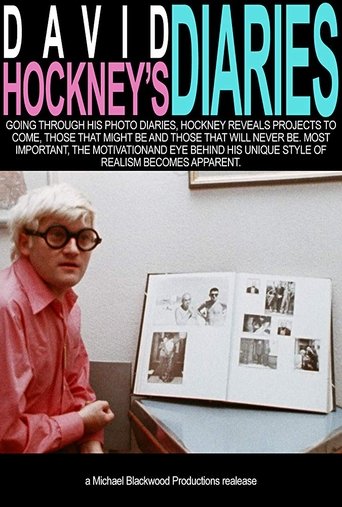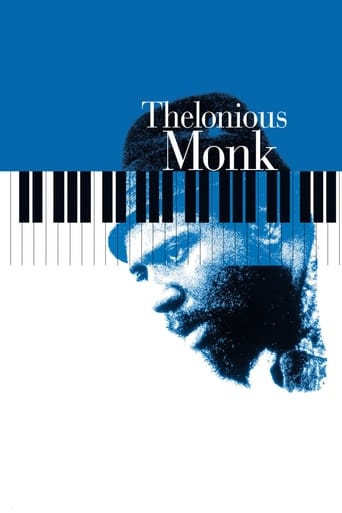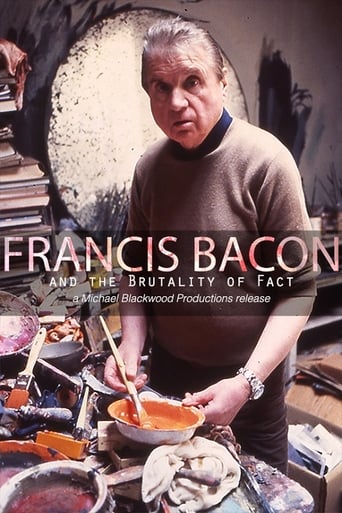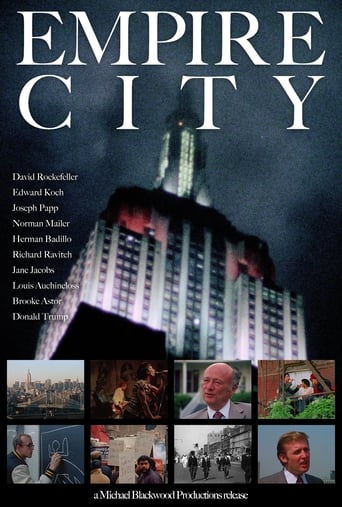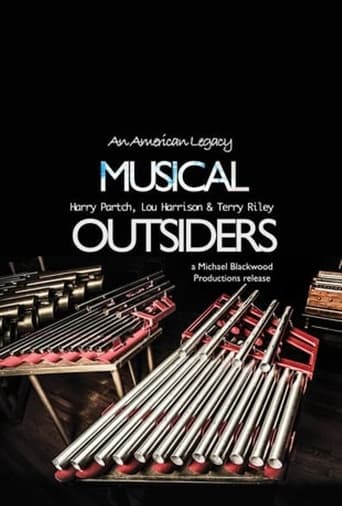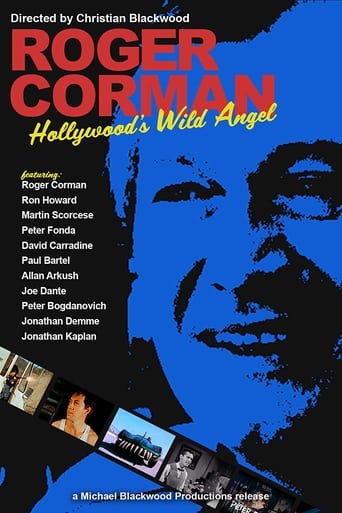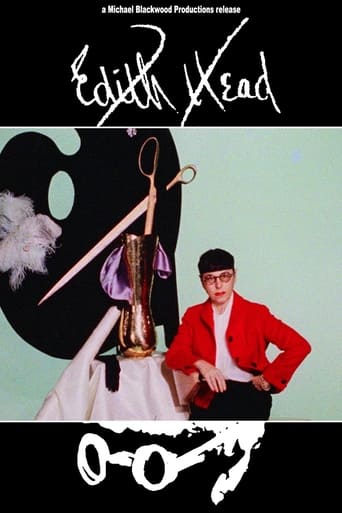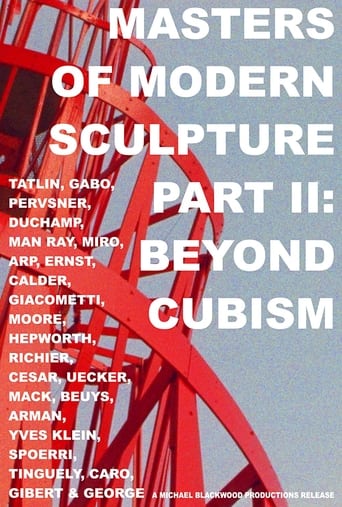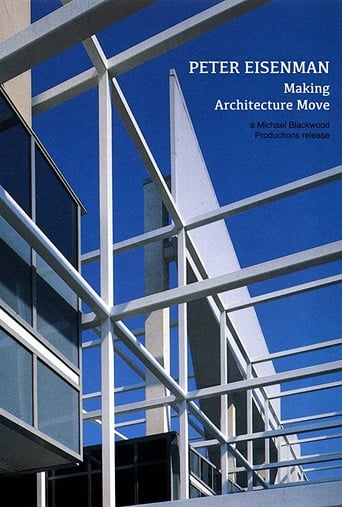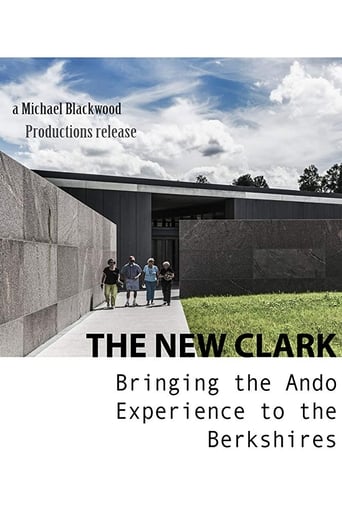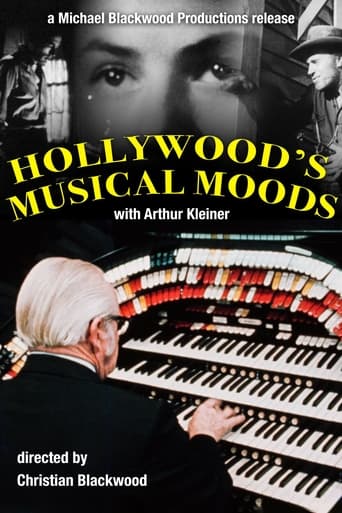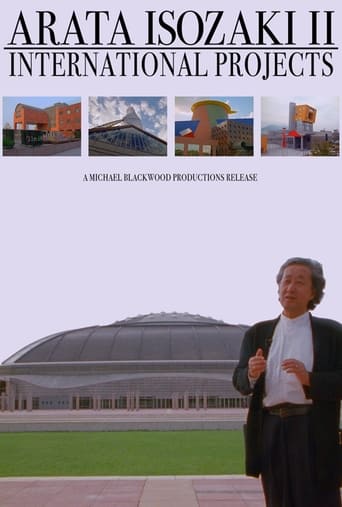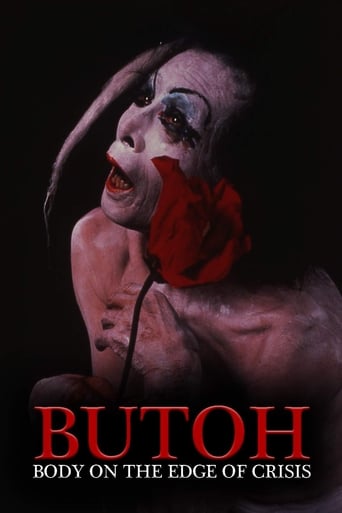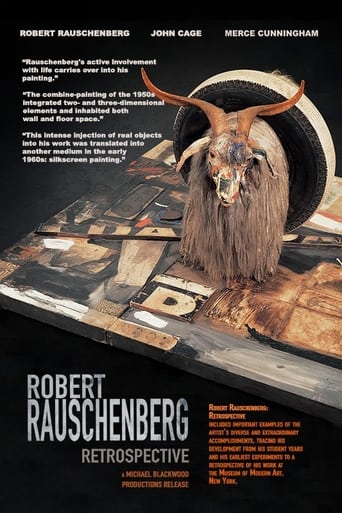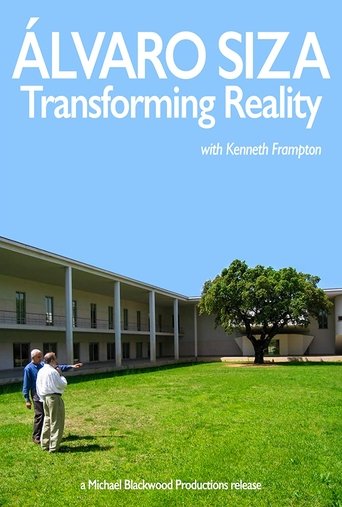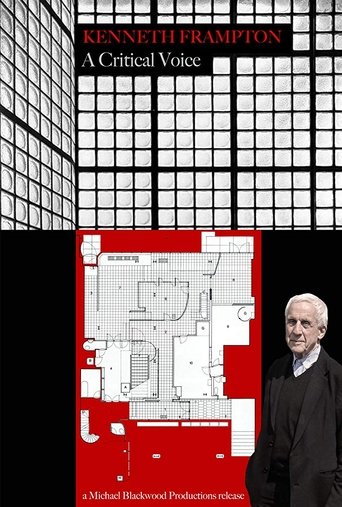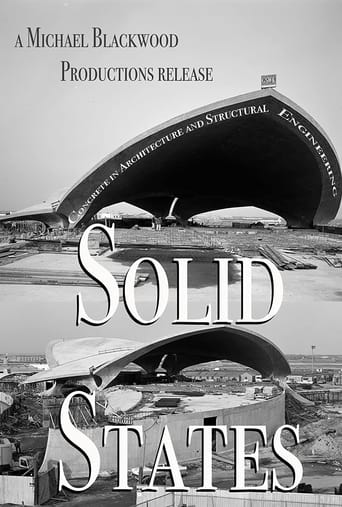David Hockney's Diaries 1970
Renowned English painter, David Hockney, takes us on a visual journey as he shares with us his treasured photo diaries. Consisting of polaroids Hockney has been collecting since 1967, the diaries act as both a tribute and an artist's notebook, often times including images the painter used for his large canvas works. A fine example of Hockney's pictorial inspiration are several photographs of castles he took during a boat trip down the Rhine that were later adapted for a suite of etchings to accompany six Grimm's fairy tales. Seeing his projects long before the work begins, Hockney used his camera to slow time and capture images that would go on to boast his unique style of realism. In David Hockney's Diaries the artist is seen at work on a large canvas of his friends Celia and Ossie Clark and their cat Percy, commissioned by the Tate Gallery.
